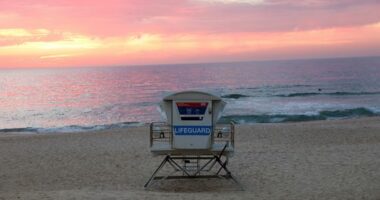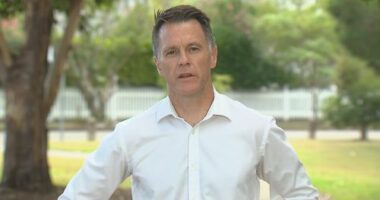Share this @internewscast.com
Key Points
- Hurricane Melissa has made landfall in Jamaica and is the country’s worst storm on record.
- The storm is expected to travel to Cuba.
- Hurricane Melissa has caused extensive damage in some parts of Jamaica but didn’t hit Kingston as hard as expected.
The rapid intensification of the hurricane left the community in a state of uncertainty, struggling to assess the storm’s true danger. For many, the unpredictability has been a challenge, with responses ranging from anxious preparedness to a more casual, unprepared approach.
When the hurricane made landfall, it unleashed wind speeds that surpassed those of some of the most devastating storms in recent memory, notably 2005’s Hurricane Katrina, which left a trail of destruction in New Orleans, USA.
In response to the unfolding crisis, Jamaican Prime Minister Andrew Holness has declared the entire island a “disaster area.” This declaration underscores the severity of the situation and the urgent need for resources and assistance.
The US National Hurricane Center has issued dire warnings for Jamaica, predicting “catastrophic flash flooding,” landslides, and “widespread infrastructure damage.” These warnings signal the potential for significant harm to both the population and the island’s overall stability.
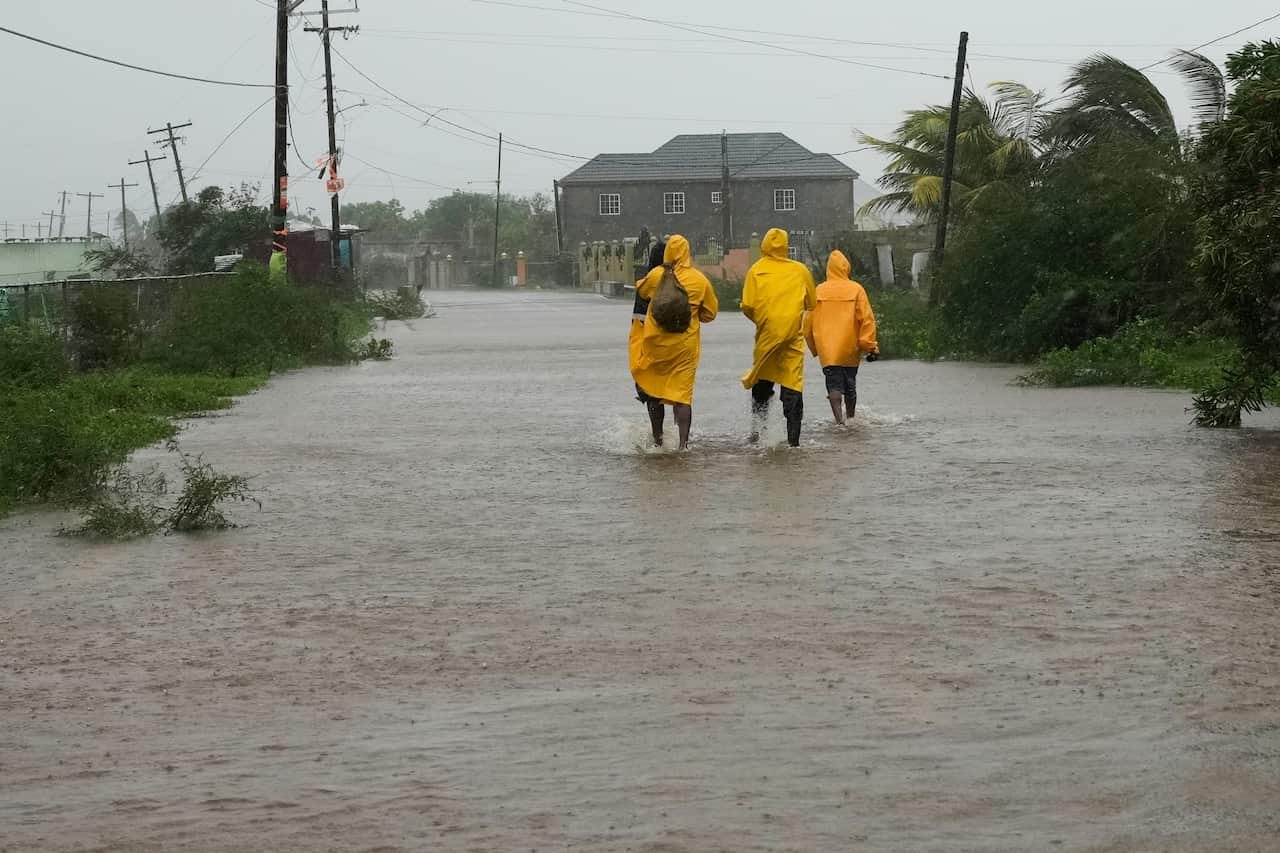
Jamaican Prime Minister Andrew Holness has declared the island a “disaster area”. Source: AAP / Matias Delacroix/AP
The US National Hurricane Center has warned Jamaica would be hit by “catastrophic flash flooding”, landslides and “widespread infrastructure damage”.
Jamaican Prime Minister Andrew Holness declared the island a “disaster area” and authorities warned residents to remain sheltered over continued flooding and landslide risks, as dangerous weather persisted even as the hurricane’s worst moved on.
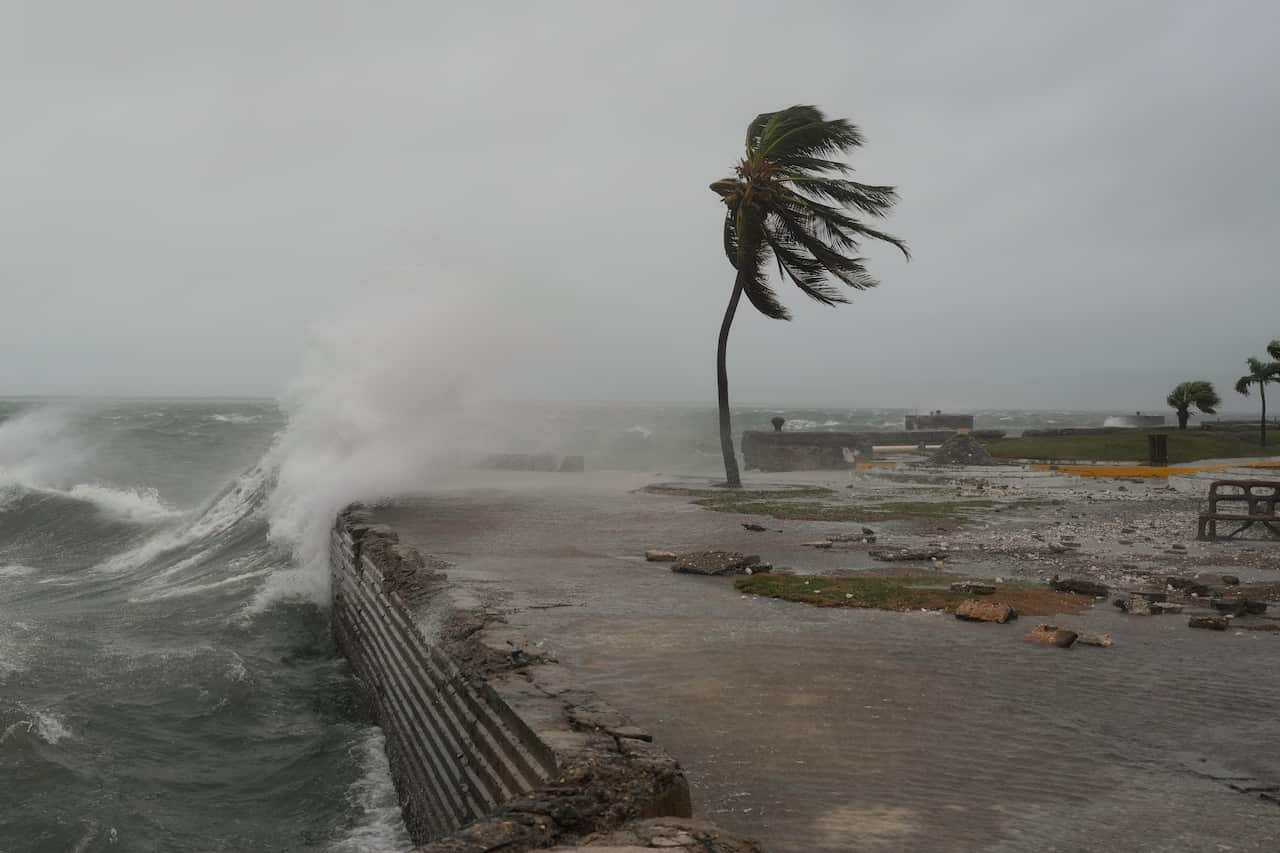
The still-powerful Melissa is set to hit Cuba as early as Wednesday night. Source: AAP / Matias Delacroix/AP
Ziff said that while his home has been relatively safe from the storm’s effects, downtown Kingston has flooded, and he’s seeing videos of cars floating down streets.
“Saint Elizabeth is the breadbasket of the country, and that has taken a beating. The entire Jamaica has felt the brunt of Melissa.”
The scale of Melissa’s damage in Jamaica is not yet clear, as a comprehensive assessment could take days and much of the island was still without power, with communications networks badly disrupted.
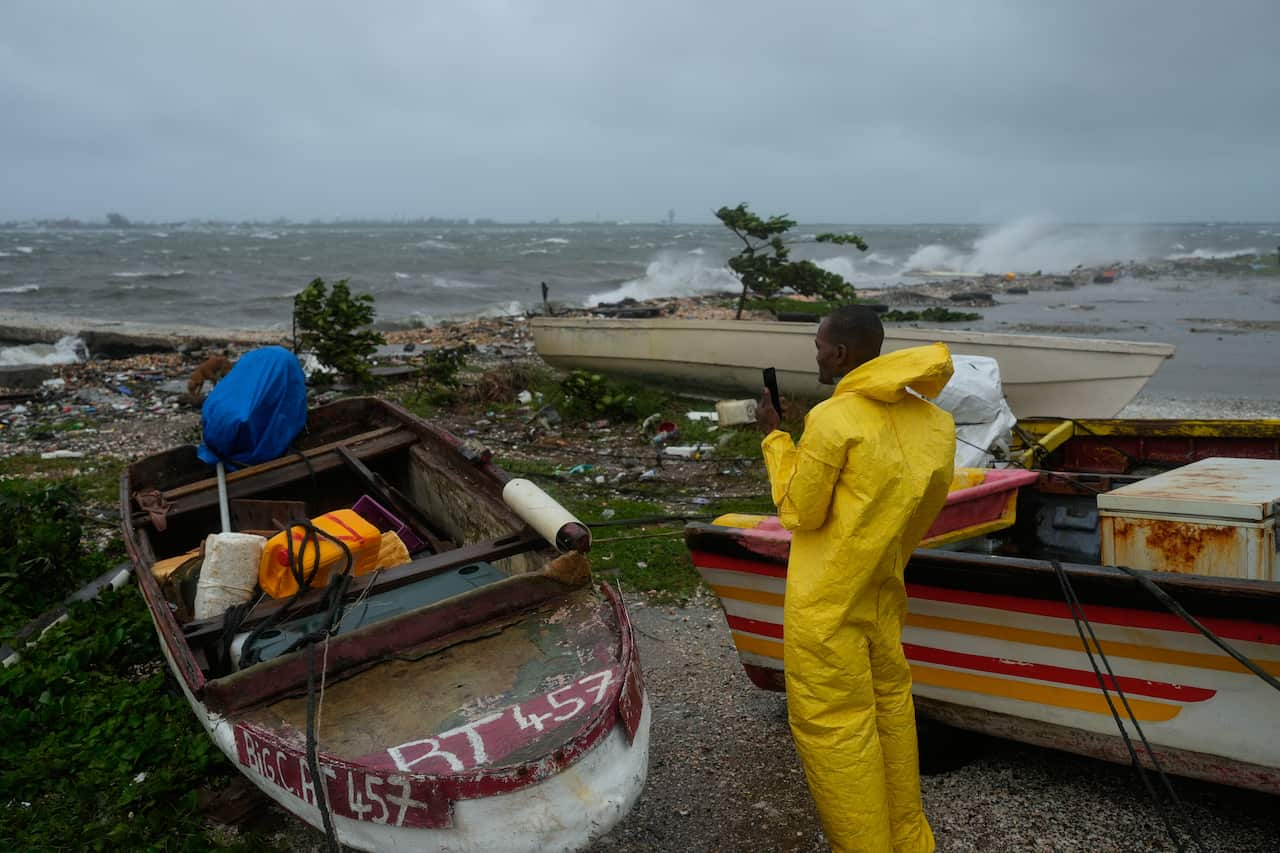
Authorities in Jamaica have said the scale of Melissa’s damage is not yet clear, as a comprehensive assessment could take days. Source: AAP / Matias Delacroix/AP
Ziff said he’s received limited official communication about the storm due to a technical issue with his mobile phone, and the only updates he’s getting are from neighbours and the community around him.
The United Nations’ World Food Programme said it is coordinating a sea-lift operation from Barbados to Jamaica carrying around 2,000 relief kits as soon as weather conditions allow.
Assistance is also planned for other impacted countries, including Cuba and Haiti, UN spokesperson Stéphane Dujarric told journalists.
Stronger and faster storms
As the atmosphere becomes warmer, it can hold more moisture, and as storms move across warm oceans, they can rapidly intensify by drawing in more water vapour and heat.
“I think rain and flooding is a definite hazard going into the future,” he said.


